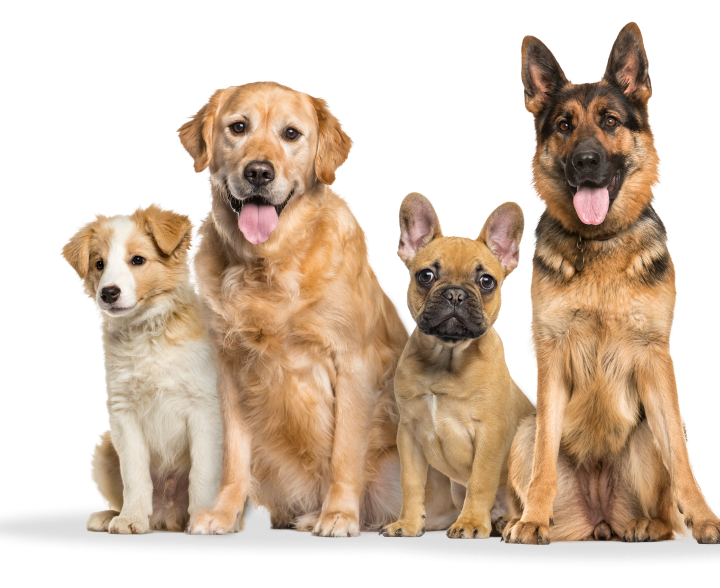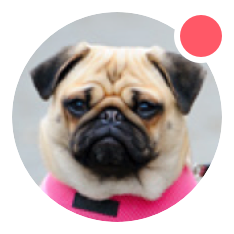Diagnosis of esophageal disease in your cat will begin with an initial exam by your vet and will include a complete analysis of your cat’s medical history and a review of symptoms. One of the key aspects of Esophageal disease is that the signature regurgitation can often mimic vomiting. In order to definitively diagnose your cat with esophageal disease, your veterinarian will need to rule out digestive upset as a cause of the symptoms.
In order to assist your vet, you should pay close attention to the material your cat is regurgitating. Regurgitated food will often come up more quickly after eating than vomit and will appear undigested. However, the conclusive difference between regurgitated food and vomit is the presence, or lack thereof, of color to the liquid or mucus. Since regurgitated food does not have a chance to reach the stomach, the fluid will be clear. Vomit will typically be food accompanied by bile, which is yellowish in color.
Once you have confirmed your cat is suffering from esophageal disease, your veterinarian will need to determine the exact condition or disease. To do this, your vet will want to obtain a clear picture of the esophagus of your cat. One method for doing this is called an endoscopy. In this procedure, a tube with a small camera is placed down your cat’s throat, allowing the veterinarian to video images of the esophagus. This is particularly helpful if an injury, perforation or foreign object is suspected. Endoscopy will require your cat be anesthetized so that the tube can safely be inserted into their throat.
Another diagnostic tool is imaging with the use of barium. Since barium appears as a contrasting color on an x-ray, your cat can be orally administered this harmless chalky white fluid, which will coat the throat and pool in any pockets or restrictive areas. Your vet will then take x-rays to determine whether the barium is passing normally through the esophagus. Your cat will typically be able to remain alert for this procedure.






